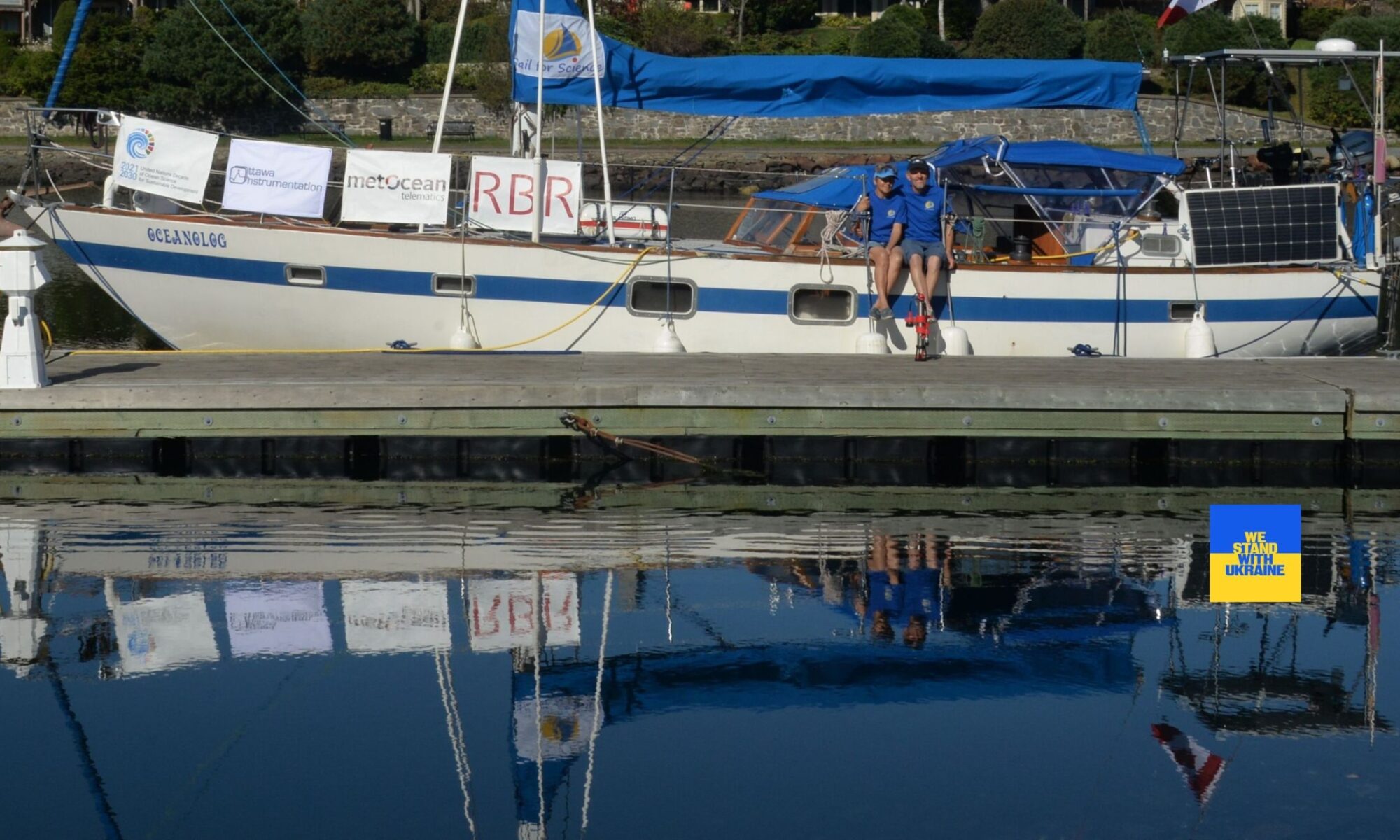On our way to Lipton Bay Marina, we stumbled upon something truly surreal—something that looked like a house, but not quite a house… a tower, but not really a tower either. Intrigued, we grabbed the binoculars and squinted into the distance. There it was: a round, white structure perched on a single leg, seemingly floating above the sea like a giant alien mushroom. A few minutes later, another one appeared on the horizon—similar shape, two kilometers off the coast. The weirdness escalated. We cruised around the bay in awe, and by the time we finally found a spot to drop anchor (no easy feat—it was packed with yachts), we spotted yet another one of these UFO-esque structures near the bay’s entrance. This one looked a little different but equally otherworldly. At first, we thought we had stumbled onto the set of a sci-fi film—or maybe an ambitious Bond villain’s hideout. But a quick Google search told us otherwise.
The next morning, curiosity got the better of us, and we hopped into the dinghy to investigate these floating marvels. Up close, the first one was… less majestic. Turns out, this SeaPod prototype was never completed. An abandoned dream, bobbing gently on the tide. We made our way toward the second one, which looked more promising—and habitable. It’s actually available for short-term rentals, likely targeting curious guests and potential buyers. Unfortunately, we couldn’t get any closer due to a coral reef surrounding it, making it inaccessible from our side by boat. But we got a decent look—and a story worth telling.
These strange marine mushrooms are the creation of Ocean Builders, a Panamanian company specializing in high-tech marine living. In 2022, they unveiled their SeaPod—a futuristic floating house designed by Dutch architect Koen Olthuis. The SeaPod rises 2.2 meters above the sea, offering 360-degree panoramic ocean views from its 53 square meters of windows. It spans 3.5 levels and includes a living room, bedroom, kitchen, and bathroom. Fancy a bit more drama? You can also add an underwater room to spy on fish like a Bond villain. Prices range from $295,000 to $1.5 million, depending on the bells and whistles. The house is marketed as a way to live on water without sacrificing modern luxuries, “designed to feel like living on land—only better,” according to Ocean Builders’ director.
As a sailor, I can’t help but raise an eyebrow at this idea. Living on a boat already comes with enough sway, squeaks, and salt. Turning that into a permanent living situation—without the mobility and adventure of sailing—seems a bit questionable. A weeklong stay? Sure, sign me up for sunsets and sea breezes. But full-time floating? I’ll pass. From what we’ve seen, the grand rollout hasn’t quite taken off. Ocean Builders originally planned to deliver 100 SeaPods to early adopters by the end of 2023, with 1,000 more on the way in 2024. Fast forward to 2025, and… we’re still looking at the same three prototypes, one of which appears occupied. The others? Stalled or abandoned.
Despite the setbacks, the SeaPod is an ambitious, fascinating project—part utopia, part startup hustle. Visionaries like these often take the first steps that lead to real change, even if the first few prototypes don’t quite float everyone’s boat (pun intended). We’ll be watching from our gently bobbing deck to see how this experiment unfolds. Who knows? Maybe one day floating homes will be as common as floating docks. For now, it’s one wild idea… floating just off the coast of Panama.





























